blog 006: paper and packaging
last october i attended the takeo paper show in chiyoda city, tokyo. the theme was packaging: function and laughter.

paper is a versatile packaging solution and anne hero reuses it as often as i can in my shop orders. sometimes i'll even draw on my packaging or place some stickers. i share similar philosophy of adding value to paper because i want people to smile and possibly preserve it. the rest of this blogpost is just text from the paper exhibit.
laughter
Most important in packaging are not qualities of styling— simplicity or sophistication— its capacity to motivate users to reach for it instinctively. In short, it's about creating a sense of joy or amusement. Designer Makoto Umebara, who is experienced in capturing the essence of locality and visualising it, has selected the pieces that approach the appeal of packaging from a completely new angle.
read more...
"It seems that the act of laughing is unique to humans. Laughter is an exchange of relaxed communication. Because design brings forth communication with others, designers naturally want to utilize laughter as a means of communication. However, laughter is such a complex and delicate thing; it's the magic that happens when various pieces of information come together, finding a harmonious balance at the perfect moment, creating pure delight. It can't be predicted or analyzed; it just happens. It's tricky content to be handled with care and patience.
People tolerate sadness, because it's a negative emotion. But laughter is positive, brightening and lightening the community, and acting as a tonic to alleviating toil, so it's been critically examined, practiced and refined. Throughout history, it's been believed that transforming various actions into humor can provide energy for life, particularly in the performing arts. It is said that it is more challenging to create laughter than to evoke tears, highlighting the deep enjoyment and communicative power of laughter.
I agree with Mr. Kenya Hara, who defines design as "the act of ascertaining and visualizing essence." Design begins with the work of identifying the cre elements. My design is of a local nature, so I spend my time running about the hills and fields, but as I draw near the end of the process, almost without exception I find a fragment of human laughter there. For me, essence invariably contains laughter.
I believe that design is laughter. That is, in my mind, high quality laughter is the best communication. Analysis of laughter is very difficult. And yet the strange fact is that the concept of laughter can be difficult to grasp, yet it remains a unique ability exclusive to humans. As curator for the TAKEO PAPER SHOW "PACKAGING: Function and Laughter", I hereby tackle the complex issue of packaging design and how it can evoke laughter."
- Makoto Umebara
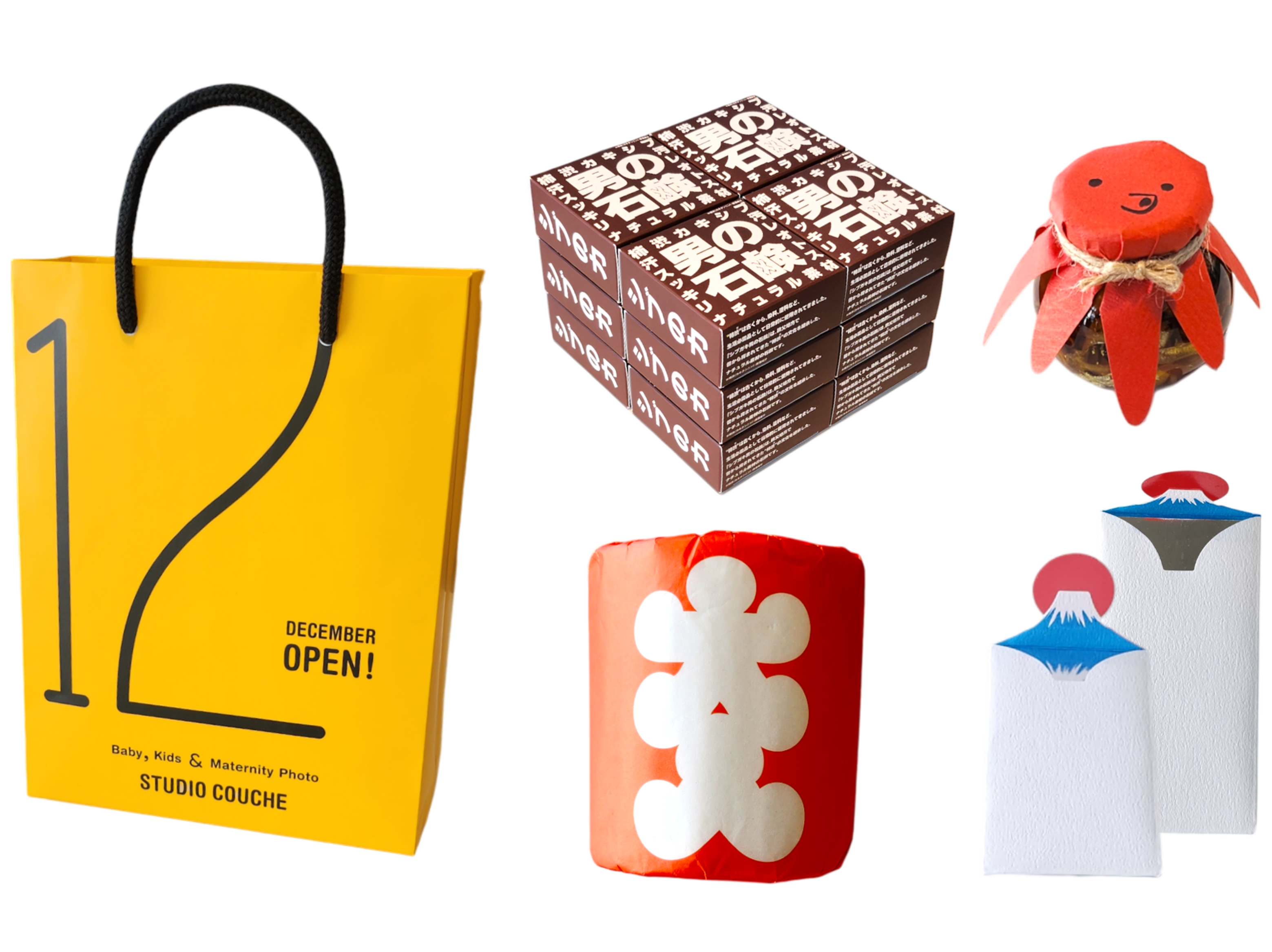
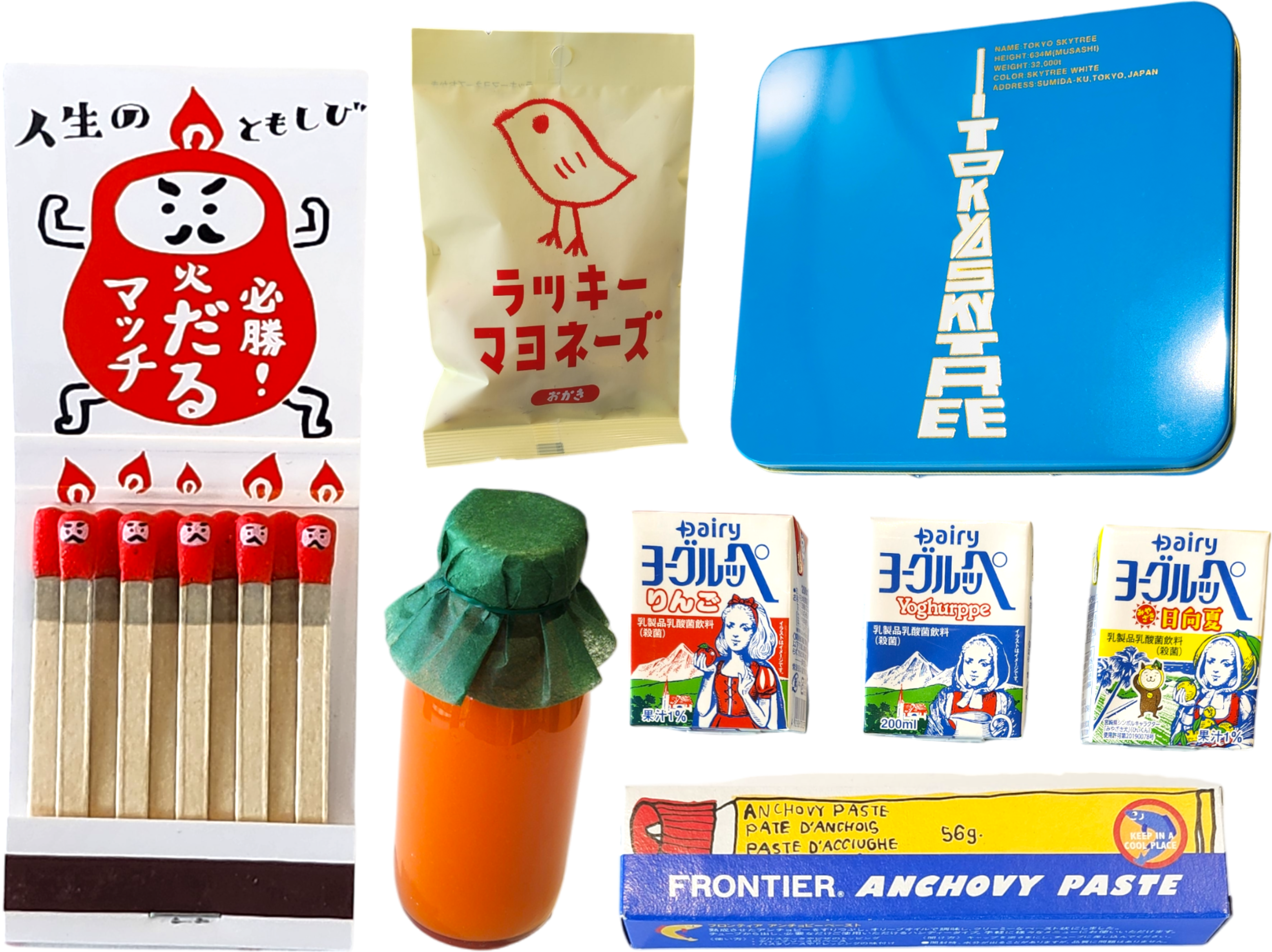
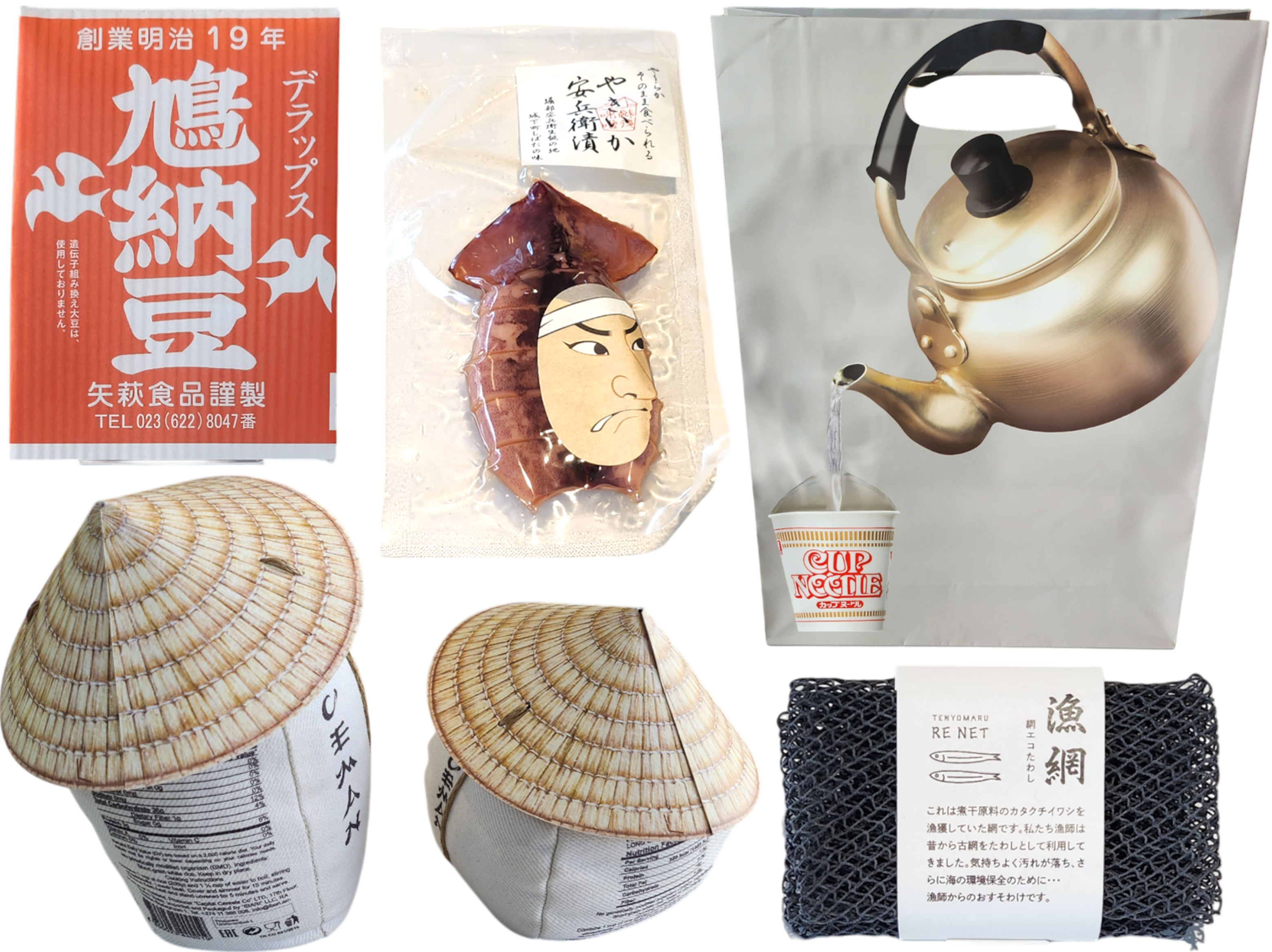
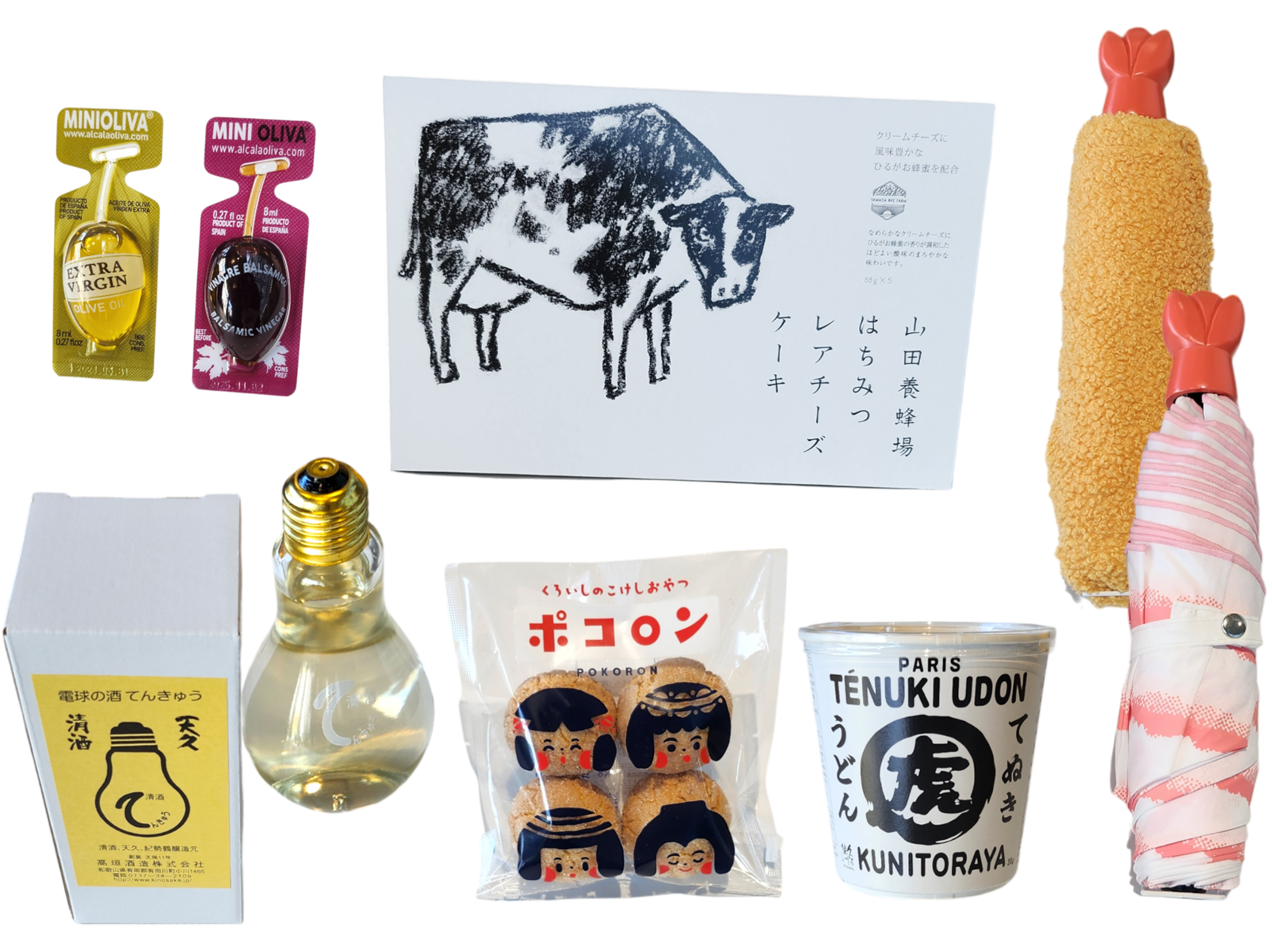
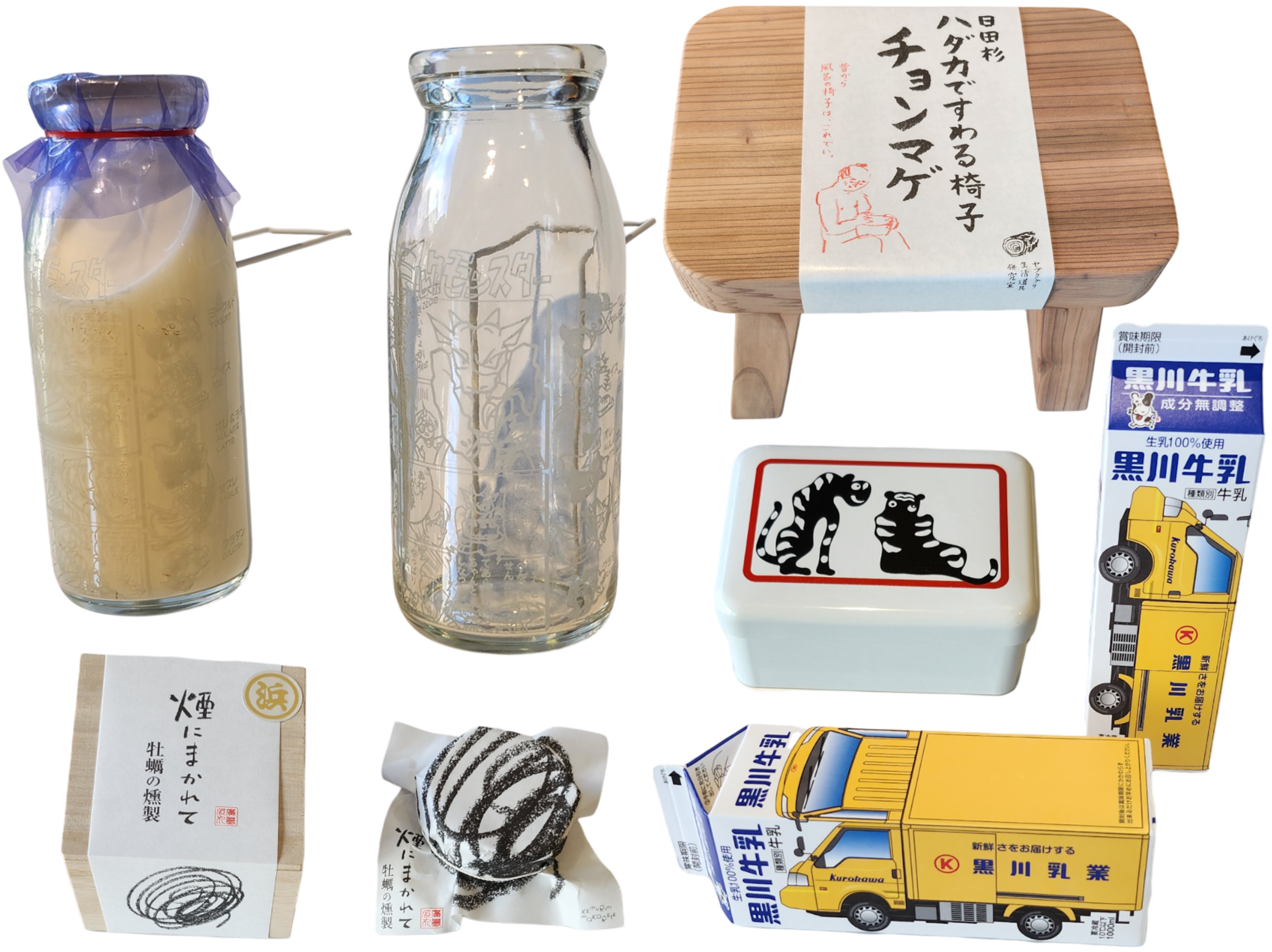
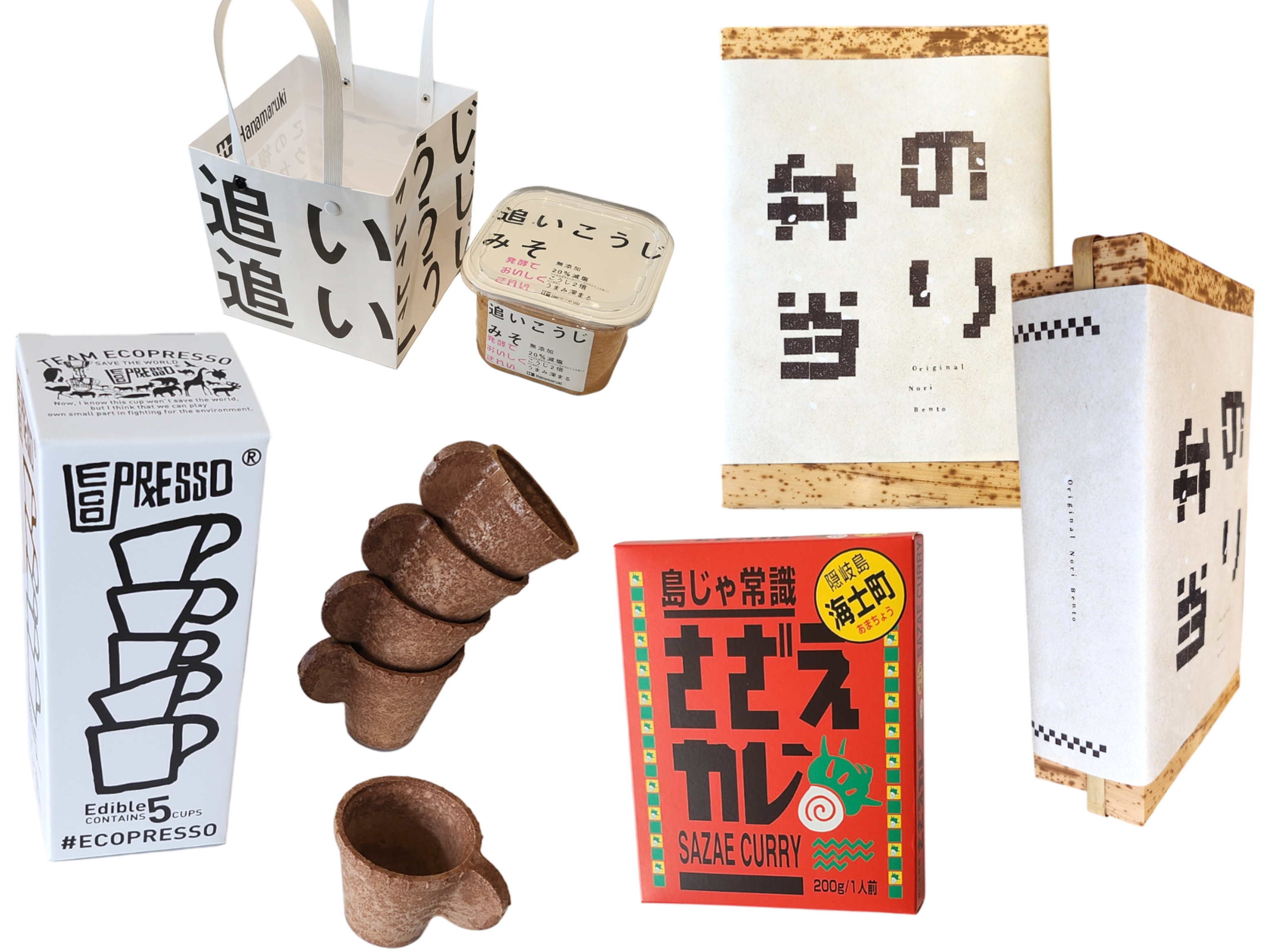
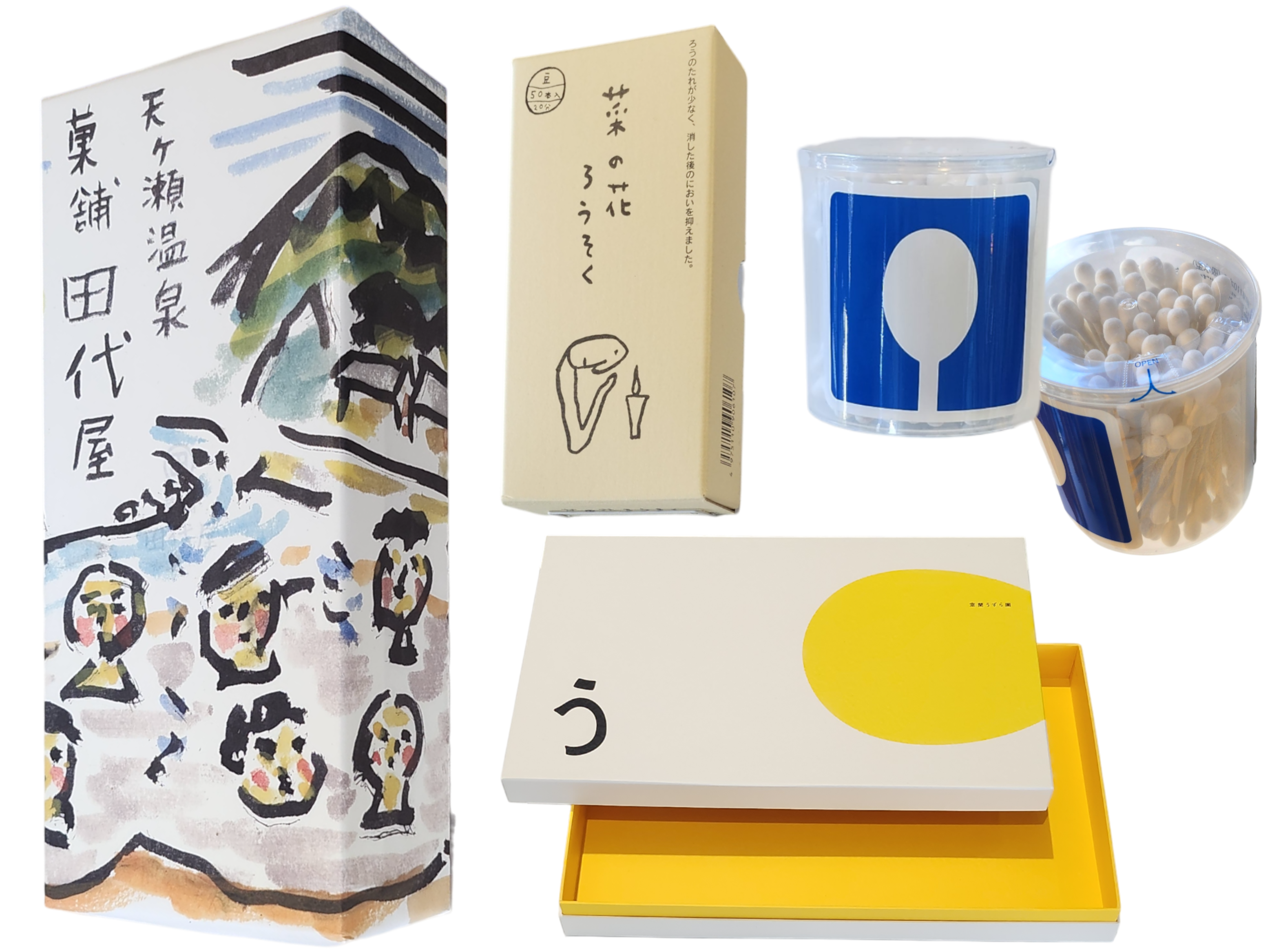
paper and cycles
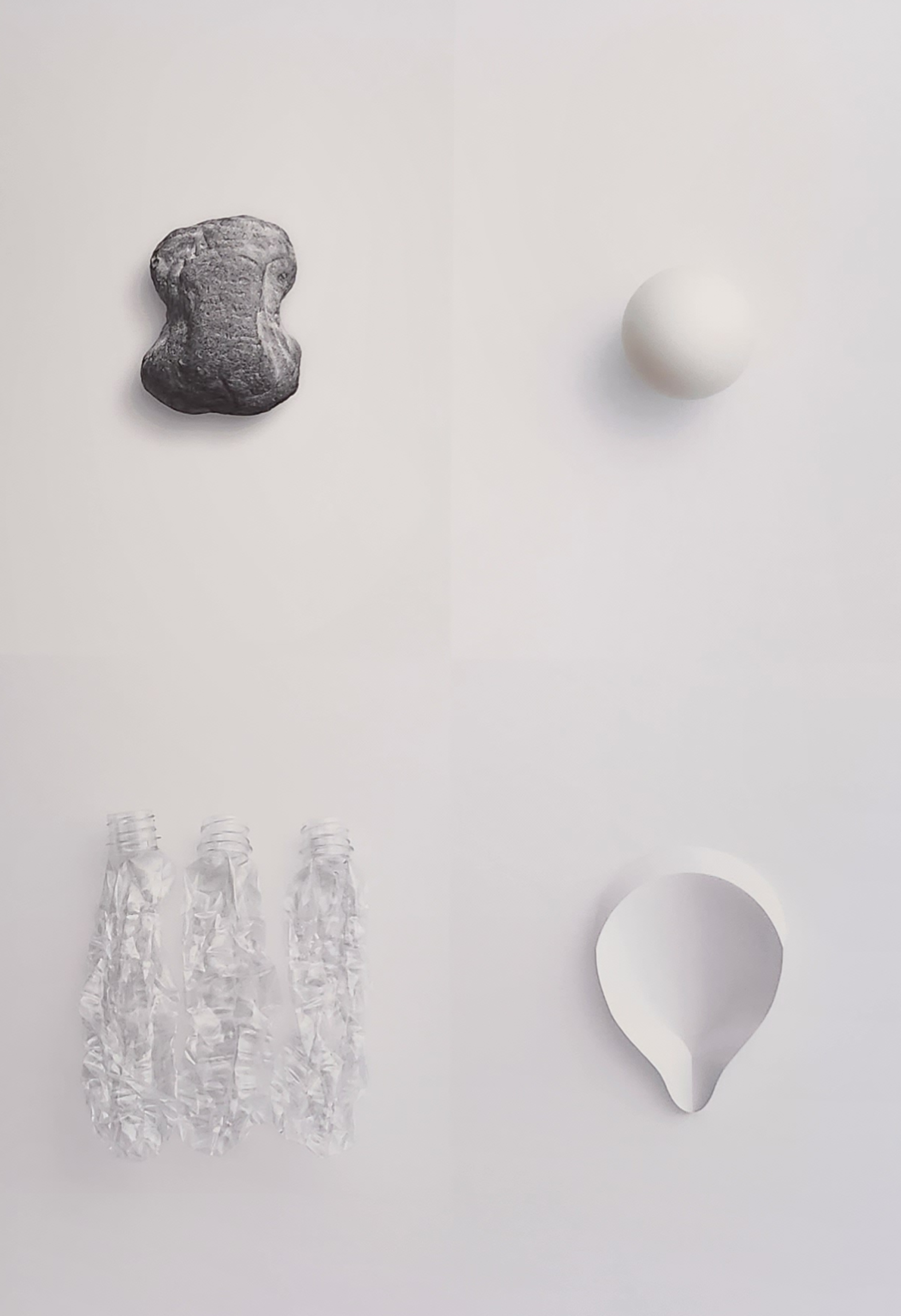
"A resource makes human life viable. It is also a medium for gleaning knowledge about the laws of the universe and the environment. For instance, ball games are a source of enjoyment that provides a process for delving into the principes governing the universe. With a sphere, the same action gives the same results, enabling you to refine your actions. The human body masters the basics of Newtonian physics without mathematical formulae. Other media lets us communicate with the environment, the universe, and the laws of nature.
As the meeting of stone and hand led civilization, resources like wood, paper, and metal connected human life with nature and out environment. Today, plastic is an important medium. Marine pollution and carbon emissions from incineration are problems, but plastic has also contributed to the safety of human society. Subtituting other materials will not easily solve the problem, but sophosticated recycling systems are beginning to spark hope for the future. Through the medium of PET, humankind can see the potential for a future environment that includes a place for us.
The same applies to the classic material of paper. Techonological advances and faster implementation are providing new challenges and new expectations. The Function section of this exhibition highlights this. The combined wisdom of many creators enables us to reconfirm paper's position in the resource cycle; confirm that paper is an important resource that illuminates the ideals of the environment and human life; and think about new possibilities for paper in the future."
- Kenya Hara
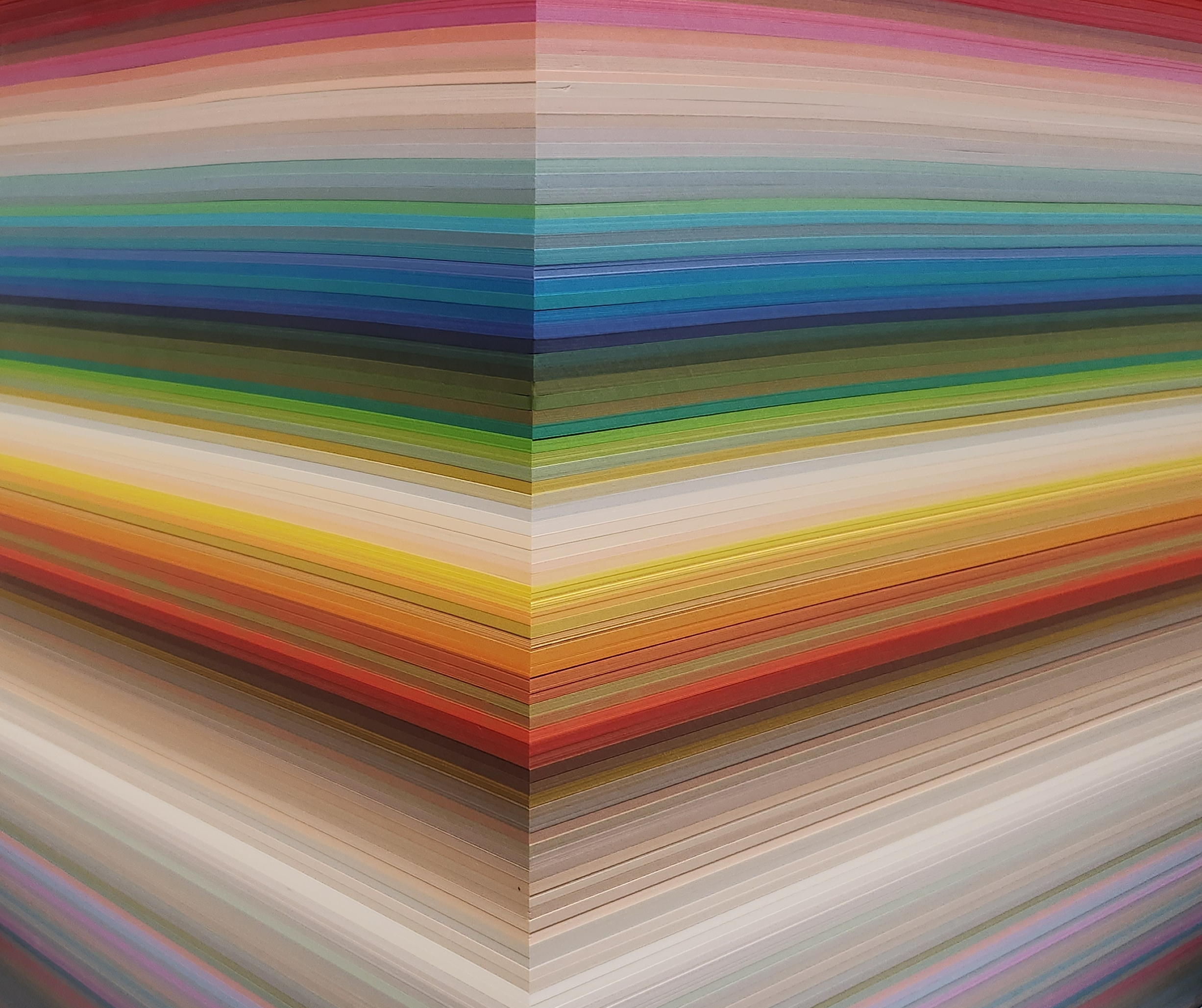
read more...
Paper is generally made from three types of pulp— wood pulp, non-wood pulp, and recycled paper pulp. New fibers extracted from wood become what is known as "virgin pulp." Recycled paper is the most common type of pulp used in paper made in Japan, but virgin pulp is stronger and brighter. Manufacturers mix different types of pulp according to the purpose of the paper concerned.
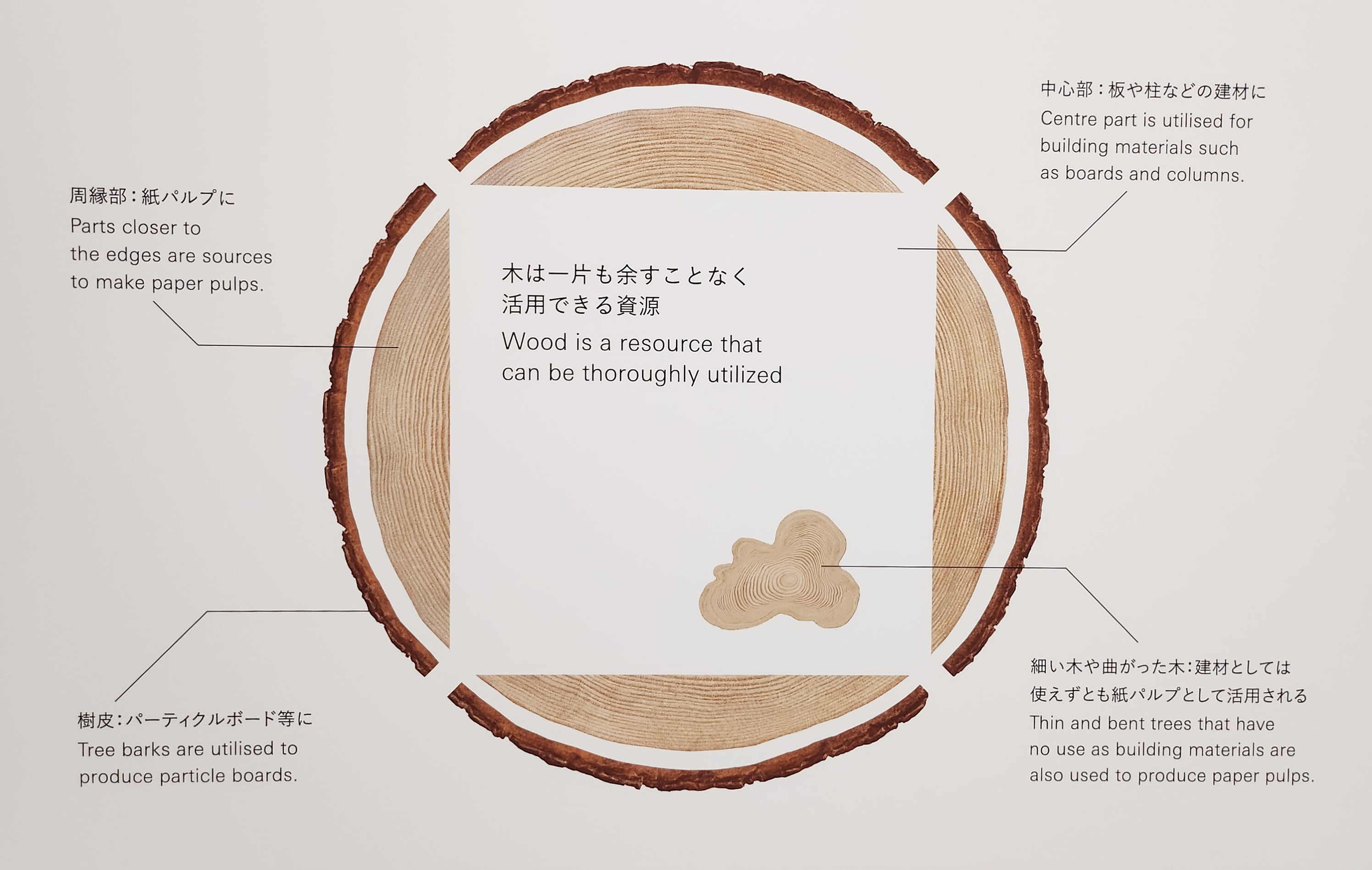
It is often thought that recycling is the only way to protect the environment, but what is actually needed is balanced use of resources based on careful consideration of purpose and usage cycle.
The properties of paper made using virgin pulp vary according to the species of tree from which the pulp is sourced. The length and strength of softwood fibers make them all but indispensible for cardboard and other paper materials that need to be strong. Highly refined paper produced by beating softwood pulp is also ideal for paper products requiring precision molding.
The sophisticated packaging of Apple is made using paper by the Swedish paper maker Holmen Iggesund, and Apple's CEO personally visited the conifer forests from which the pulp used in the packaging is derived. An impeccably built paper box of the kind used to package such hi-tech products conveys an impression of quality that plastic cannot hope to match. Packaging got high-volume products can have a large impact on the environment, and the way that Apple combines paper made from certified forest-derived virgin pulp with recycled materials speaks for its wisdom.
Because hardwoods have short, tender fibers, they are used in tissue paper, high quality papers, and other paper materials requiring a soft, fluffy quality and good printability. Recycled paper pulp is ideal for any number of applications, including newsprint, toilet paper, paper cores, cardboard, and cushioning, and there are surely many more uses waiting to be discovered.
function
We've put together an exhibition showcasing the work of 13 diversely talented creative groups. These individuals understand the true value of paper and appreciate its unique sensory properties. Their proposals for packaging, both containers and wrapping, have been throughly considered on a practical level.
nomena
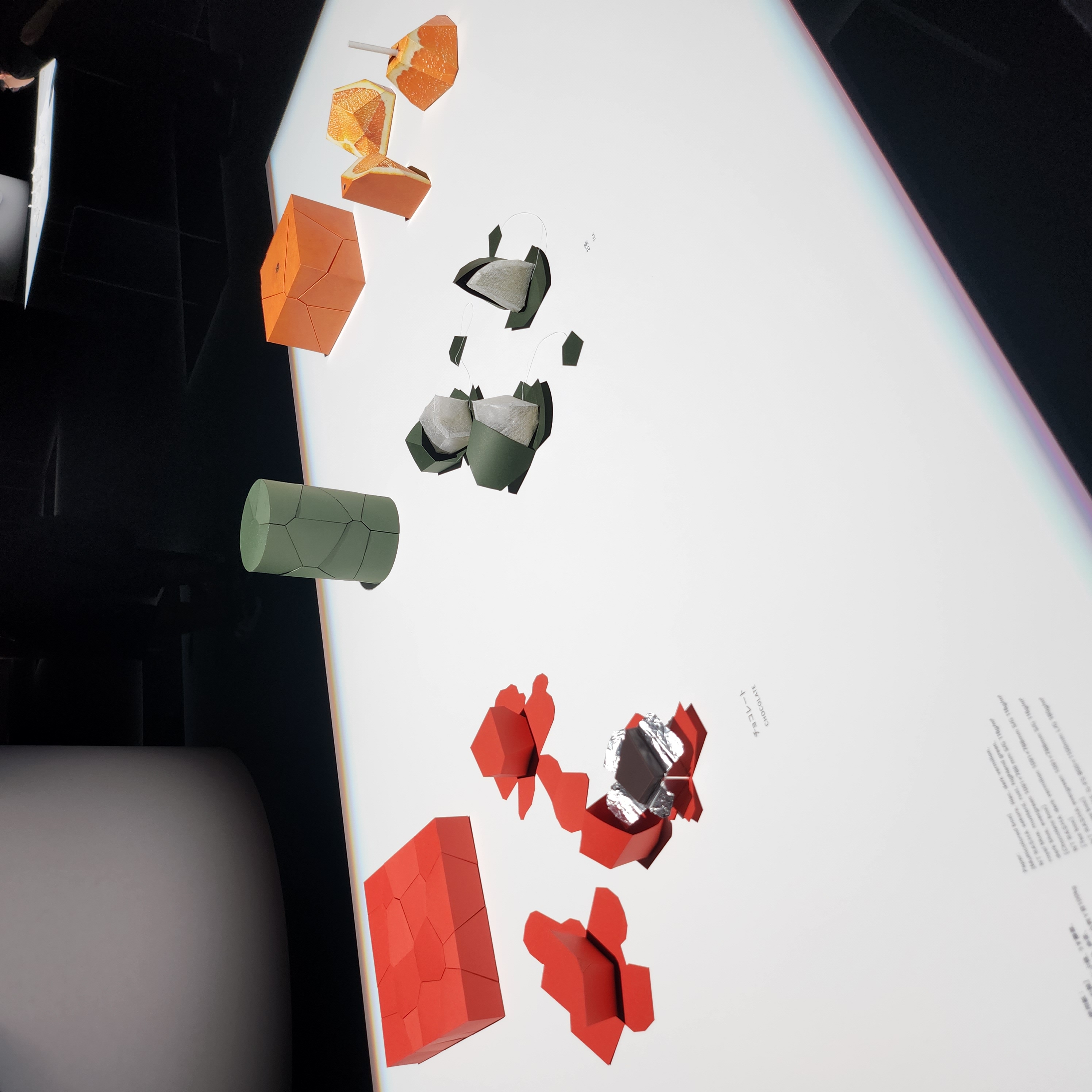
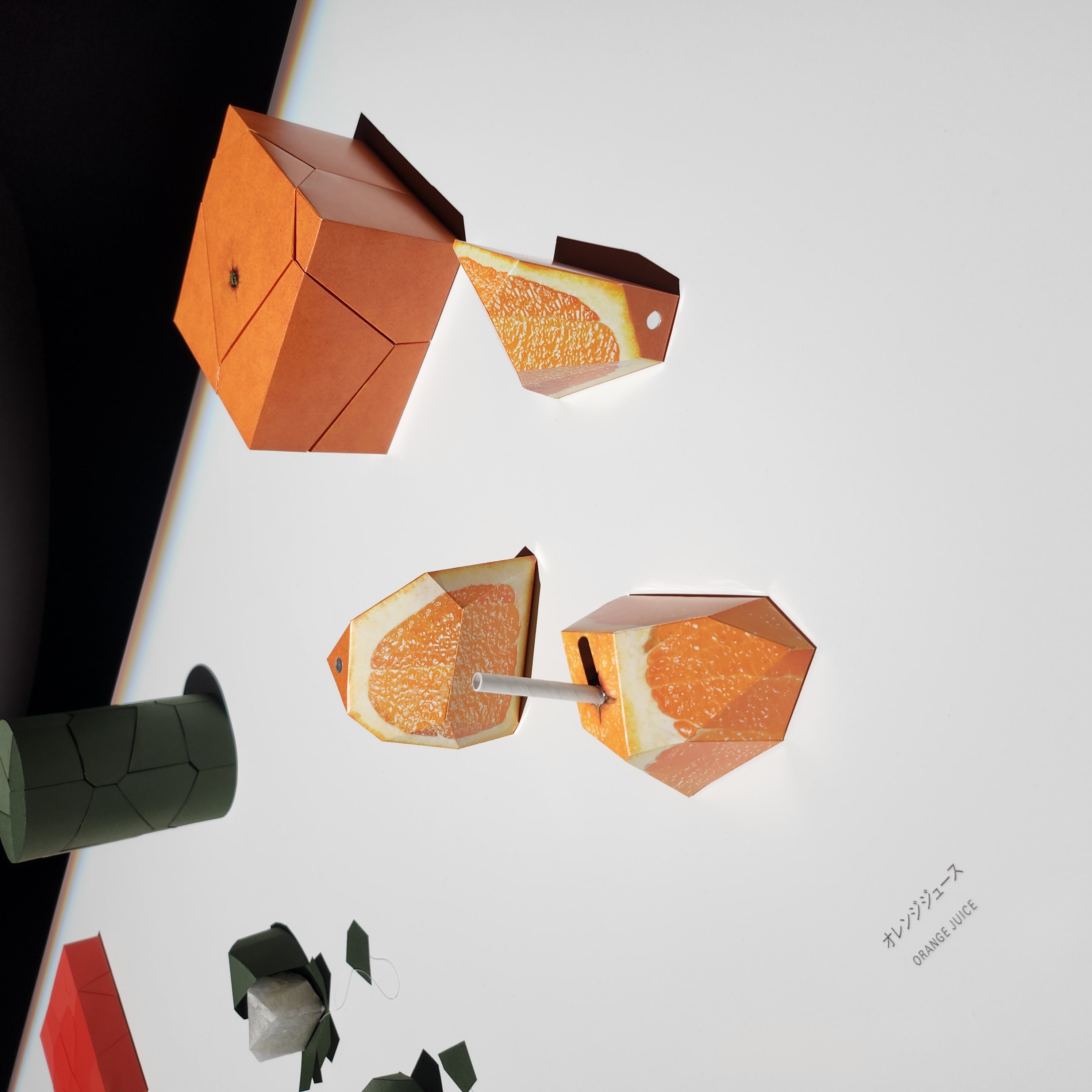
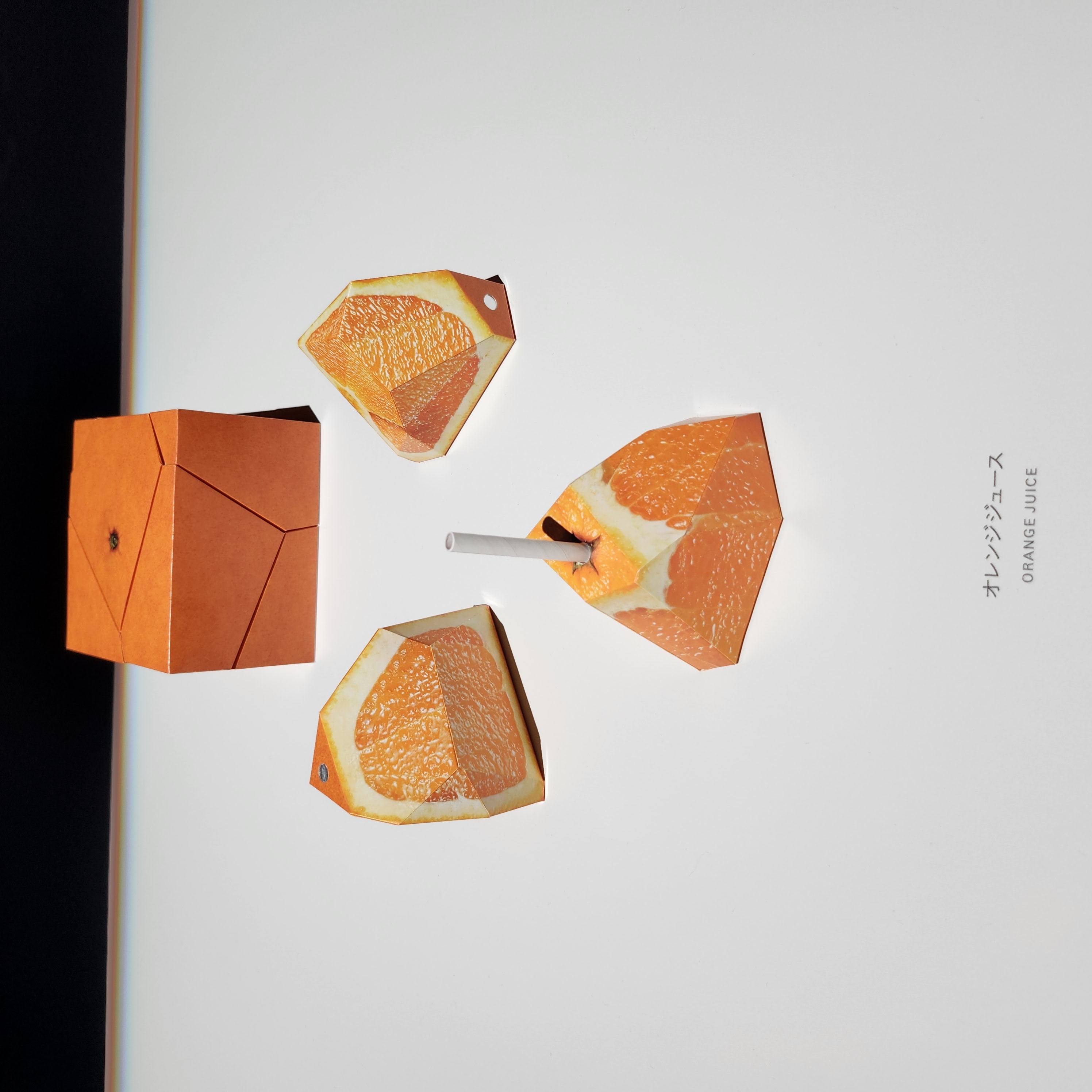
"When eating senbei (rice crackers), the irregular shapes that form when we break them into smaller pieces are a surprisingly important part of the experience. I prefer the uneven senbei to the properly divided ones. Maybe the variety of shapes makes us anticipate a texture that we'll never tire of. In other foods, too, there seems to be a relationship between irregular shapes and attractiveness. The experience of food begins before you put it in your mouth. We have the innate ability to imagine the flavor of something from its shape. That even applies to the shape of packaging, but most packaging is esigned for logistic efficiency, consisting of uniform rectangular parallelepipeds for easy transport and handling. We came up with a design system based on a 3D Voronoi mathematical method to divide a rectangular parallelepiped box into boxes with irregular shapes, like breaking apart a rice cracker. This is an attempt to express even more tastiness from food through various shapes of packaging, while still ensuring efficient distribution."
rei mitsui
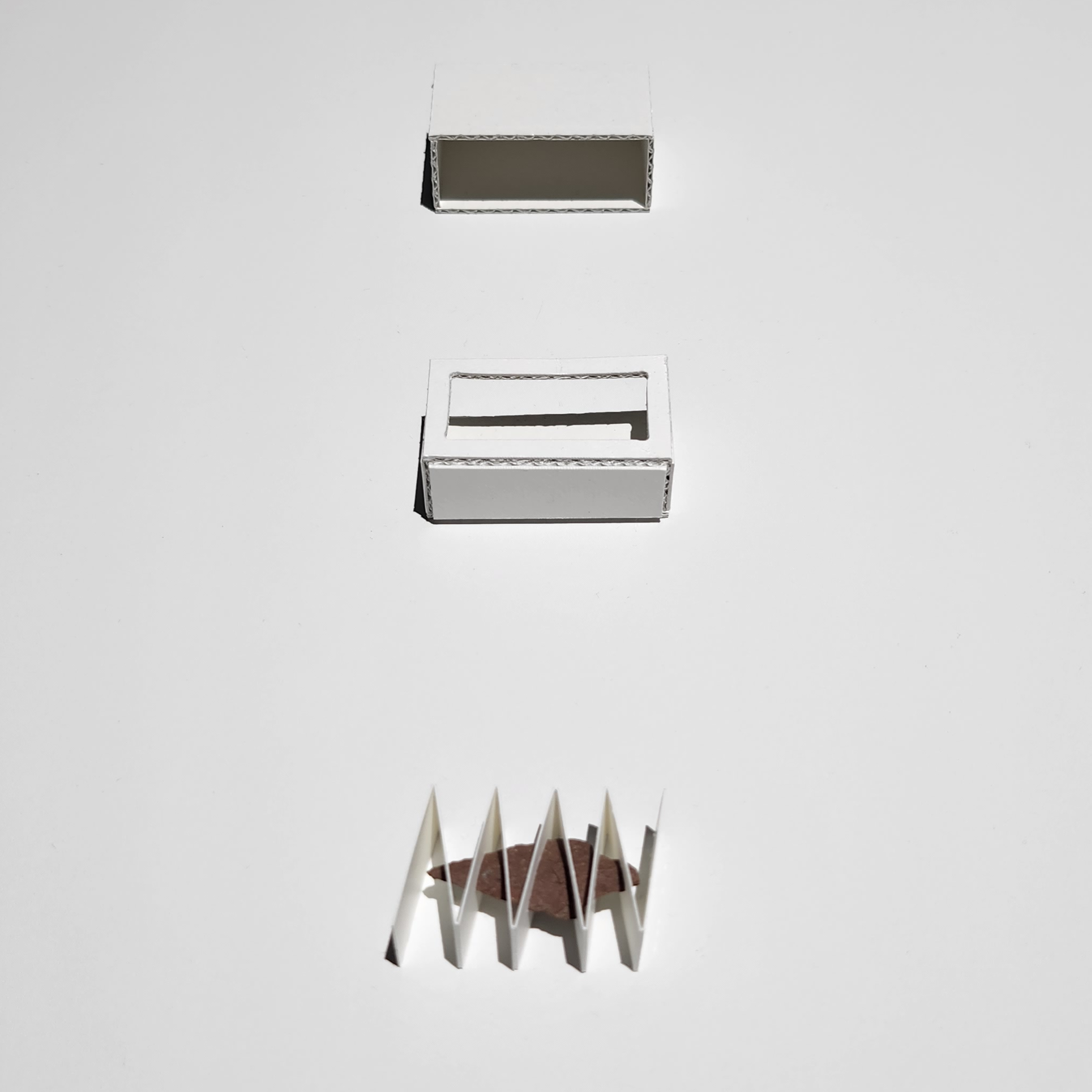
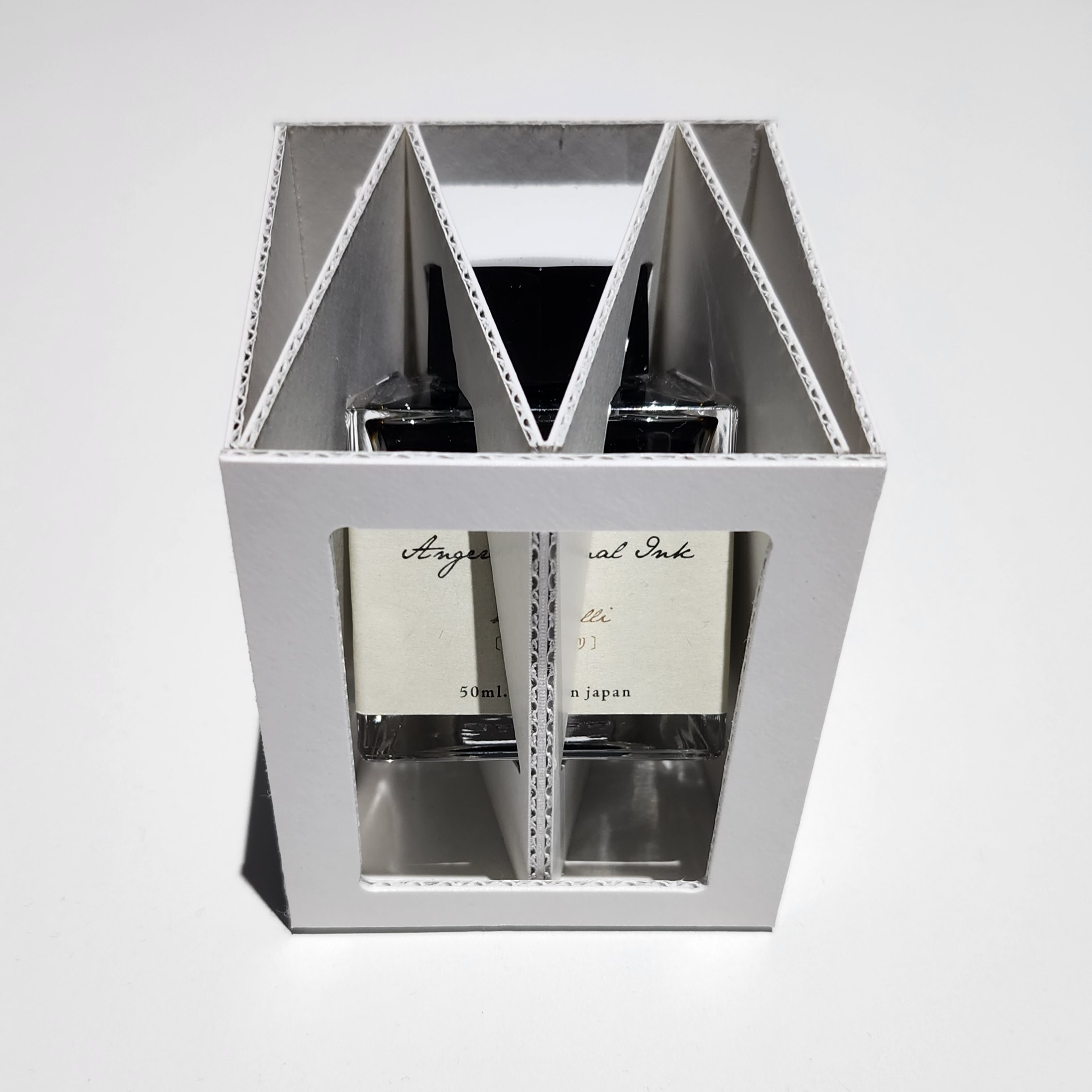
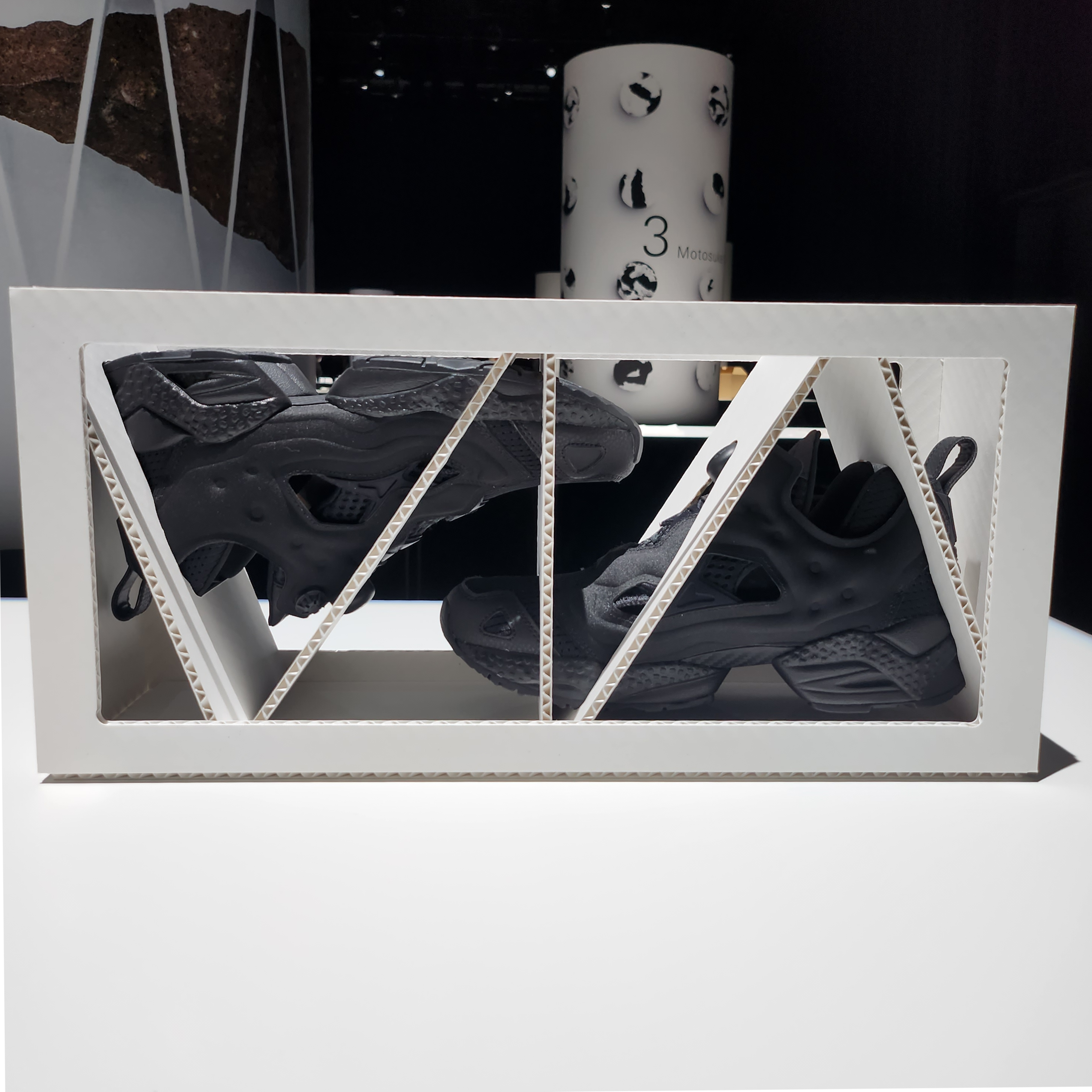
"Excess packaging bothers me. I feel a need to fold it neatly for disposal— bulky packaging is a source of stress. I came up with the idea of zigzag packaging. When you take the product out of the box, simply fold it up. It doesn't even take up much space if you keep it. Doing a 3D scan and adding data about weird, materials, and other specifications enables the system to determine the optimum zipzag shape for the cardboard packaging material, which can be produced with a digital cutter. The system can be achieved through a combination of existing technologies.This versatile zipzag approach provides a reliable shipping solution for individual sellers on marketplace apps. Simply scanning the product with a handheld 3D scanner can produce a convenient shipping kit, making the packing process easier. This is great for shops handling small lot sizes or unique items. The design allows the cardboard to serve three crucial roles: as packaging; as a printer instruction manual; and as a display showcasing the product without unpacking."
nurikami

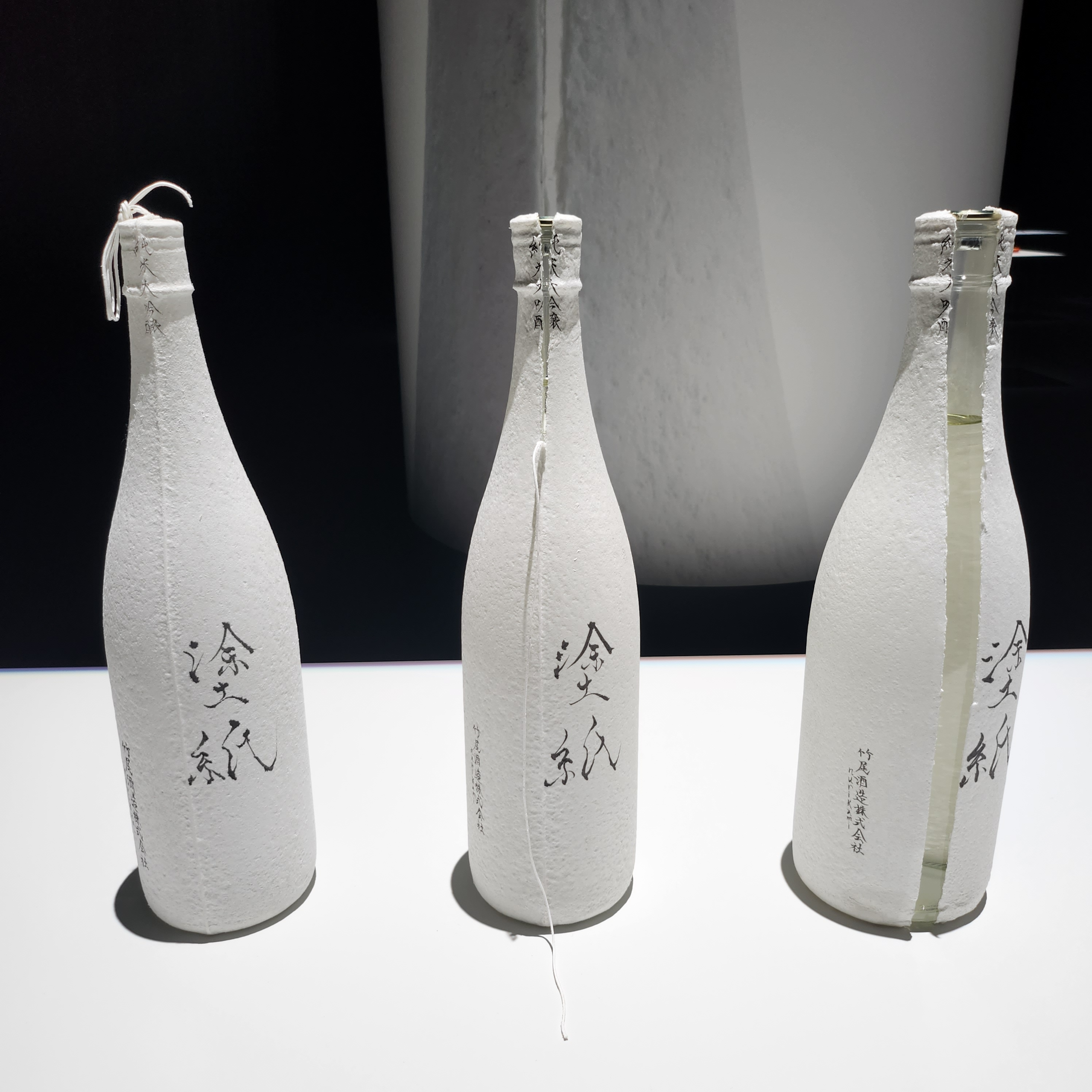
"In a word, NURIKAMI is paper paint. By giving paper a new state, liquid, it's possible to add to paper's properties, such as texture and function, to various materials. For this exhibition, we tested the possibilities of NURIKAMI as sake bottle packaging. Originally, sake had to be packaged in colored bottles or boxes because of its special characteristics, but because NURIKAMI shields against UV rays, the package is completed by simply layering multiple coats directly on the bottle. The visual of a bottle completely wrapped in paper fibers gives the effect of a cocoon, and reminds us that the contents are delicate and irreplaceable. Because the entire bottle functions as a canvas, calligraphy can also be applied to the basic display. The gradual revealing of sake from its thin membrane as the thread is pulled from the top of the bottle is very much like a hatching. This series of performances can be said to be a portrayal of sake's delicate breathing, a new "sake experience."
haruka misawa
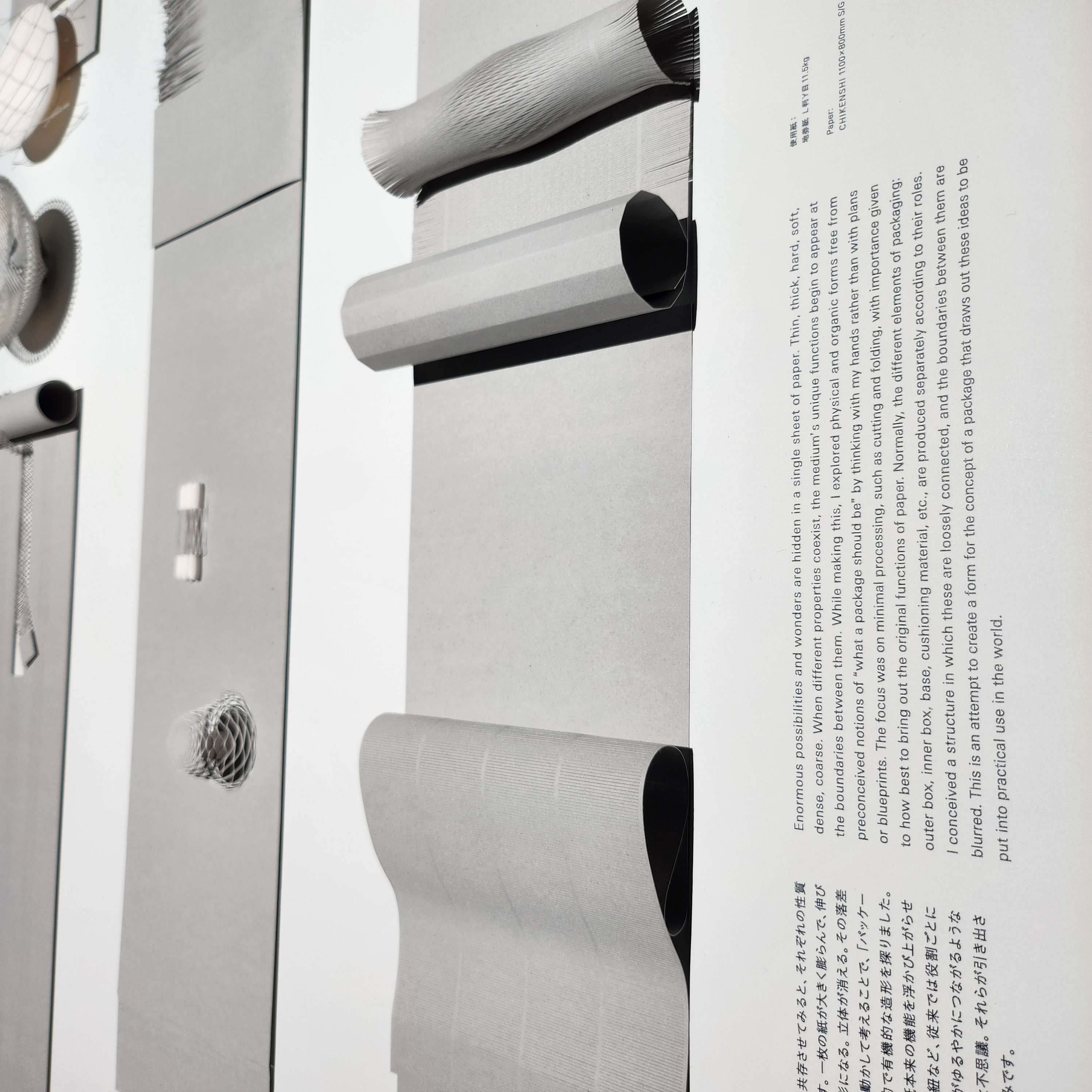
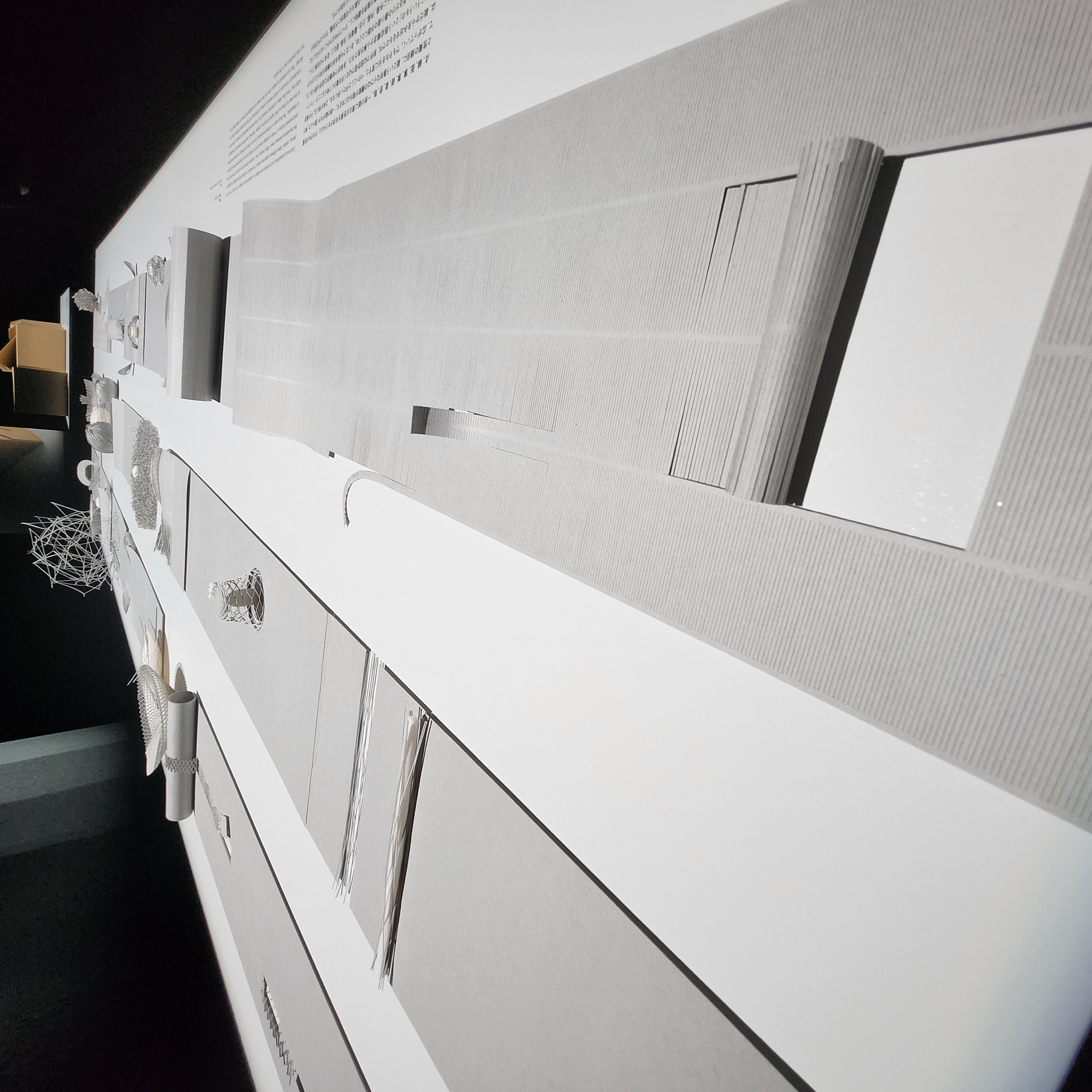
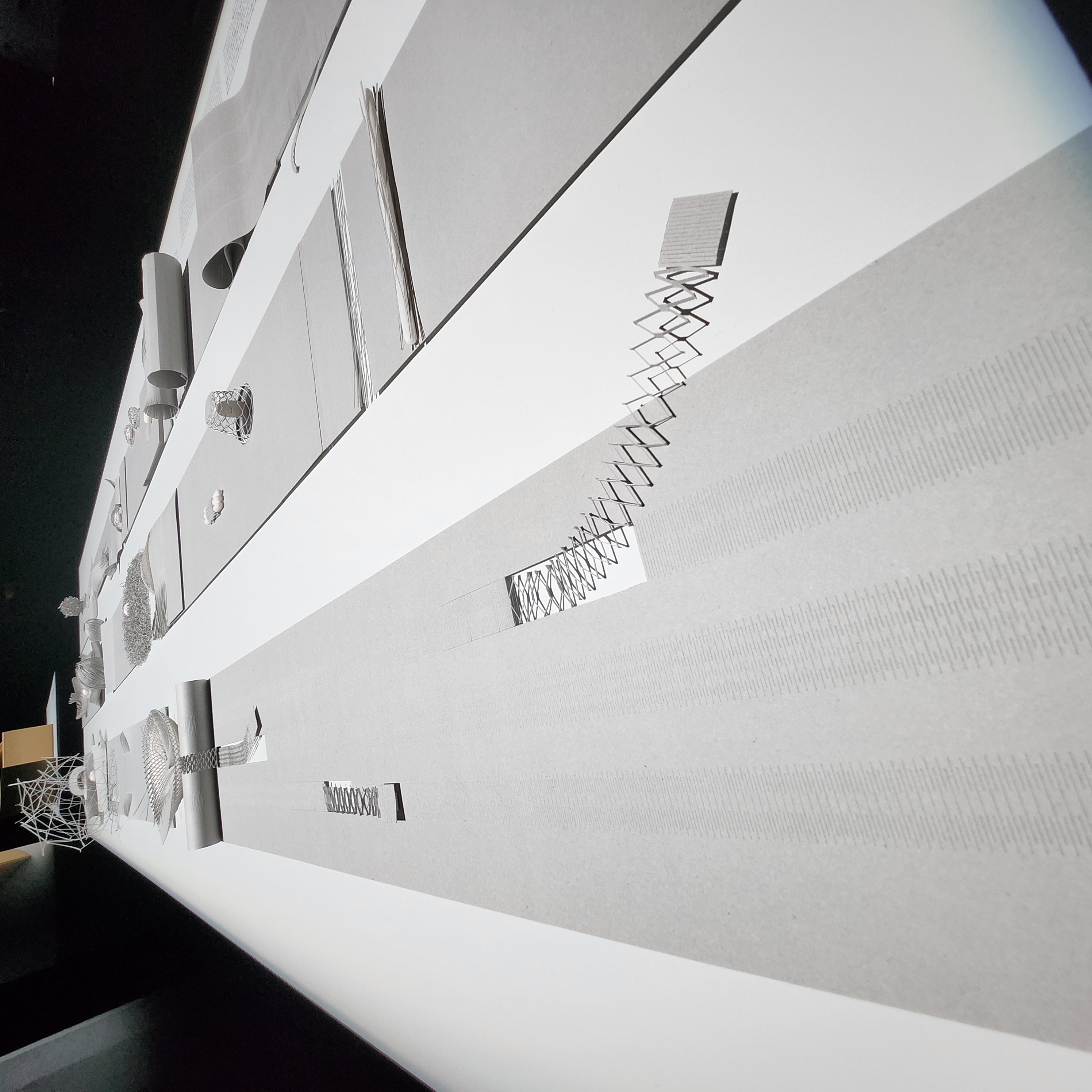
"Enormous possibilities and wonders are hidden in a single sheet of paper. Thin, thick, hard, soft, dense, coarse. When different properties coexist, the medium's unique functions begin to appear at the boundaries between them. While making this, I explored physical and organic forms free from preconceived notions of "what a package should be" by thinking with my hands rather than with plans or blueprints. The focus was on minimal processing, such as cutting and folding, with importance given to how best to bring out the original functions of paper. Normally, the different elements of packaging: outer box, inner box, base, cushioning material, etc., are produced separately according to their roles. I conceived a structure in which these are loosely connected, and the boundaries between them are blurred. This is an attempt to create a form for the concept of a package that draws out these ideas to be put into practical use in the world."
okay bye..
-AH
8 august 2024